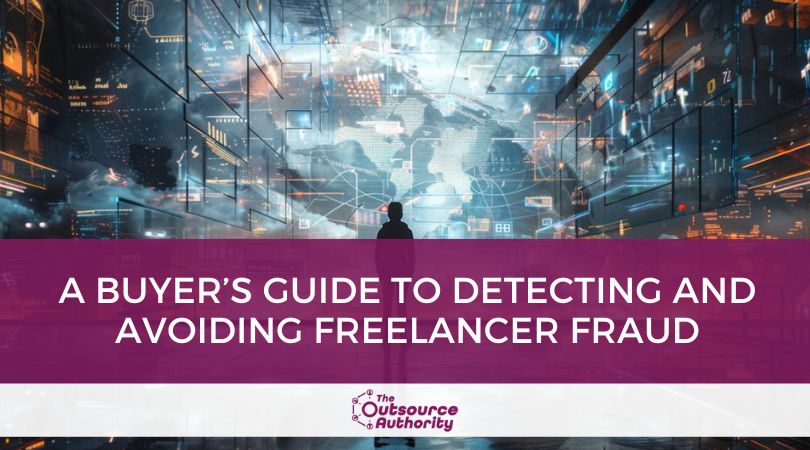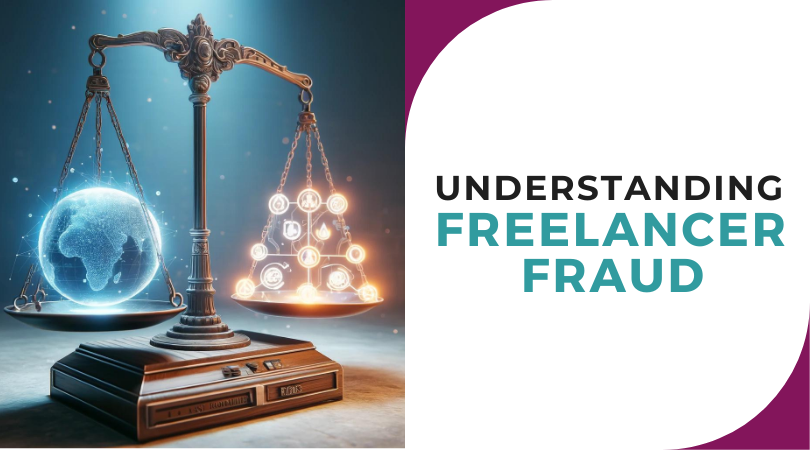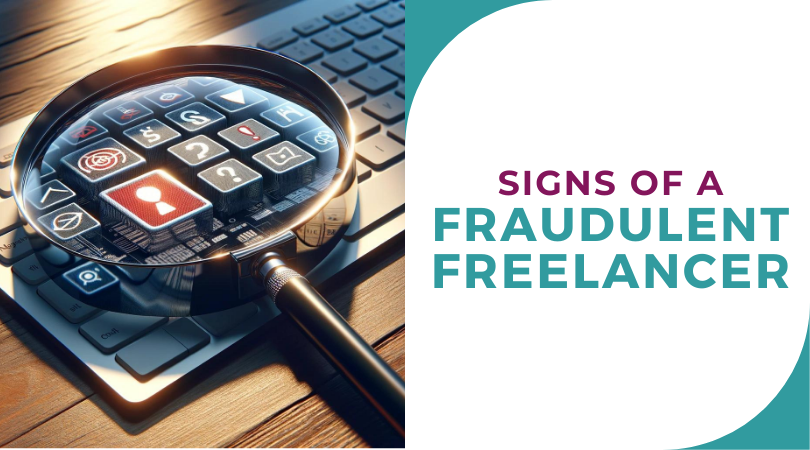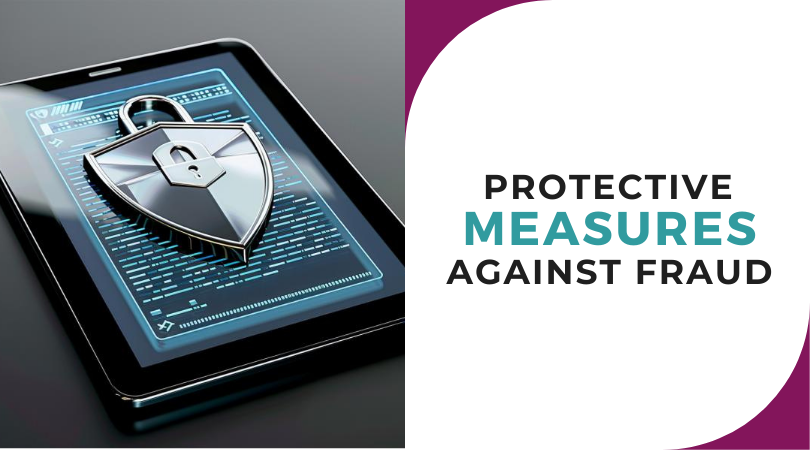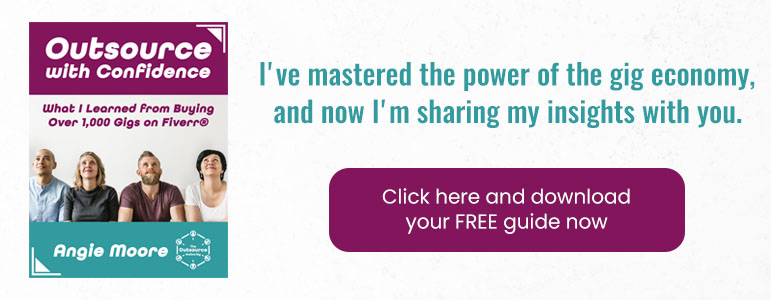Imagine logging onto your favorite freelancing platform, your cursor hovering over the ‘Hire’ button. You’re about to invest in a freelancer who promises the world – or at least a top-notch website redesign. Fast forward two weeks: missed deadlines, shoddy work, and a freelancer who’s vanished into thin air. Your investment? Gone. This isn’t just a nightmare scenario; it’s a reality for many businesses stepping into the digital marketplace without the right safeguards.
In today’s fast-paced digital world, outsourcing to freelancers can feel like navigating a minefield blindfolded. You know the treasure is out there—a talented, reliable freelancer who can catapult your business to new heights—but so are the traps, cleverly concealed as freelancer fraud.
But what if you could remove the blindfold? What if you could stride confidently through the minefield, knowing exactly where the dangers lie?
This article aims to arm you with the knowledge to do just that. From spotting the tell-tale signs of freelancer fraud to implementing strategies that shield your projects and your pockets, we’ve got you covered. Consider this your guide to forging successful freelancer relationships, keeping your business safe, and your projects on track.
Freelancer fraud, while not featuring cloaks and daggers, does involve its fair share of disappearing acts and masquerades. At its core, freelancer fraud encompasses any deceitful behavior by individuals claiming to offer services they either can’t deliver or never intend to. This chicanery comes in various disguises, often leaving businesses grappling with its repercussions.
Common varieties of freelancer fraud include:
- The Ghostwriter: Not the ones behind autobiographies, but freelancers who disappear after receiving payment, leaving you with nothing but echoes of their promises.
- Portfolio Padding: A trick where freelancers exhibit a portfolio filled with work that’s not their own, making their expertise seem vast and varied.
- The Bait-and-Switch: Freelancers who lure you in with attractively low rates, only to demand higher fees as the project progresses under the guise of unforeseen complications.
- Skill Inflation: Particularly prevalent among writers, where claims of exceptional talent and experience lead to the delivery of work that seems penned by an unenthused seventh-grader—far from the genius level you were led to expect.
- The Deadline Dodger: Rather than disappearing, these freelancers become haunting presences of unmet promises, missing deadlines, and offering a parade of excuses, leaving you in a perpetual state of waiting and disappointment.
Though hard data on the rise of freelancer fraud is elusive, anecdotes and shared experiences within the business community suggest its uptick parallels the growth of the gig economy. An unfortunate byproduct of this boom is an expanded playground for fraudulent freelancers.
The impact? It’s not just the immediate sting of financial loss. The deeper cuts come from the cascading effects on your business operations. Projects stall, deadlines whoosh by, and the time squandered in backtracking and correcting mistakes is a silent thief. Beyond tangibles, there’s the erosion of trust—once unwavering confidence in the gig economy shakes, hesitancy creeps in, potentially stifling future innovation and growth.
Spotting a fraudulent freelancer before you hire can be as nuanced as trying to read between the lines of an ancient manuscript. While freelance platforms have streamlined the process with escrow payment systems to safeguard your funds, the devil is often in the details. Here’s a refined lens to scrutinize potential hires:
- Inconsistent Communication or Incomplete Answers: Imagine asking for the recipe to a grand feast and getting a note that says, “Just trust me, it’ll taste great.” If a freelancer’s communication is sketchy or they dodge your specific questions with a casual “I’ve got this,” dig deeper. Every question you pose deserves a clear, direct answer, not a shrug.
- Encouragement to Work Outside Secure Platforms: While it’s true that all major freelance platforms secure payments in escrow until project completion, a red flag waves high if a freelancer nudges you to bypass this safety net. If they suggest jumping ship to direct payments for a “better deal,” caution. Stick to platforms, especially for initial projects, to test the waters with less risk.
- Dodgy Reviews and Ratings: Delve into their digital past as if you’re a detective. A freelancer’s review history can reveal much. A few negative reviews? Perhaps understandable. But a pattern of dissatisfaction, especially if complaints echo similar issues, warrants attention. It’s like spotting the same villain in multiple stories—a sign that the danger is real.
- The Quality of Their Own Gig Description: A writer claiming to be the Shakespeare of the digital age but presenting a gig description riddled with typos? Irony at its best. Scrutinize their self-presentation. If their expertise is in writing and their own profile fails to reflect that skill, it’s a clear mismatch.
- Profile Inconsistencies: Claims of being a local but the profile picture, time responses, and language suggest otherwise? If the freelancer’s story seems more fictional than factual, trust your instincts. Sketchy profiles can often reveal a freelancer’s true location and intentions.
Navigating the freelancer hiring process is like trying to find a trustworthy companion for a journey. By being vigilant and conducting thorough due diligence, you can significantly reduce the risk of encountering freelancer fraud.
Navigating freelancer hiring doesn’t always require a deep dive into intensive interviews or exhaustive background checks, especially for smaller tasks. The approach should be proportional to the project’s size and complexity. Here’s how to tailor your protective strategies effectively:
- Scale Your Vetting Process: The extent of your vetting should match the project’s scale. A $10 PDF conversion doesn’t necessitate an hour-long interview. However, for more significant investments, a detailed conversation via the platform’s message system or a video call can provide insights into the freelancer’s professionalism and reliability.
- Utilize Platform Resources for Verification: Leverage the built-in features of freelance platforms. These platforms offer a wealth of information through internal review systems and the scope of work outlined in gigs. For larger projects, requesting a video or audio call through the platform can add an extra layer of verification without the need for external references.
- Research for Significant Engagements: When considering a freelancer for a substantial project outside of established platforms, extend your diligence. Use search engines, social media, and business review sites to gather as much information as possible. Remember, while no one showcases negative reviews on their site, a comprehensive online search can reveal the freelancer’s reputation across the web. If you can’t find them anywhere, that’s a bd sign.
- Clarify Scope and Expectations: Whether through a formal contract or a detailed discussion within the platform, clarity is paramount. Ensure every aspect of the project, from deliverables to deadlines, is explicitly agreed upon. Avoid assumptions at all costs—misunderstandings can lead to disputes and dissatisfaction.
Leveraging the security and structure of freelancing platforms can significantly reduce the risk of fraud.
For those looking to deepen their understanding of secure hiring practices, our guide, “Outsource with Confidence,” offers strategic insights tailored to navigating these digital marketplaces with confidence.
Creating a secure and productive outsourcing experience is like building a well-oiled machine; every cog, gear, and lever must work in harmony to achieve the desired outcome. Here’s how you can ensure that every piece of your freelancer engagement mechanism functions seamlessly:
- Clear Communication and Expectations: The foundation of a successful freelance partnership is clear communication. From the get-go, articulate your project requirements, deadlines, and any other expectations you have. It’s like providing a detailed blueprint; the clearer it is, the better the execution.
- Regular Check-ins and Feedback: Establishing a routine of regular check-ins not only keeps the project on track but also builds a rapport with your freelancer. It’s an opportunity for both parties to address concerns, adjust directions, and reinforce the project’s goals. This open line of communication ensures that minor issues can be resolved before they become significant problems.
- Building Long-Term Relationships with Trusted Freelancers: When you find freelancers who deliver consistently high-quality work, invest in those relationships. Like any good partnership, a history of successful projects can lead to better understanding, efficiency, and trust. Over time, these freelancers can become key contributors to your business’s growth.
Adopting these best practices does more than just mitigate the risk of fraud; it elevates the quality of your outsourced projects. By setting clear expectations, maintaining open communication, and fostering long-term relationships, you create an environment where both you and your freelancers can achieve your best work.
Next Steps
Mastering the ability to identify and protect against freelancer fraud is a cornerstone of successful project management and business growth. By recognizing the signs of fraud and implementing robust protective measures, you position your business for greater efficiency, improved results, and a healthier work-life balance. These strategies not only safeguard your projects but also enhance your overall business operations, allowing you to focus on what truly matters—growing your business.
If you’re looking for personalized guidance to further secure your freelancing endeavors and make every collaboration a success, we’re here to help. We invite you to book a free consultation with me today.
Together, we’ll tailor a strategy that aligns with your unique business needs, ensuring you navigate the freelancing world with confidence and ease. Let’s take the next step in mastering your outsourcing strategy, free from the worries of freelancer fraud.

